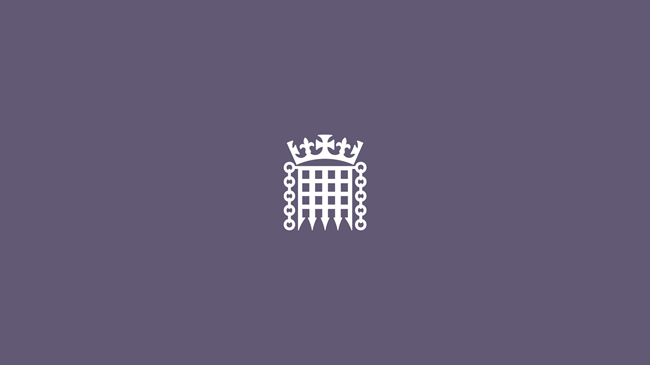Life and career
Who was Charles Stanhope, third Earl Stanhope?
Charles Stanhope, third Earl Stanhope (1753-1816), was a scientist, inventor and politician. He was MP for High Wycombe between 1780 and 1786 and sat in the House of Lords from 1786 until his death. Stanhope worked closely with contemporaries including John Wilkes, William Wilberforce and William Pitt on important issues including the abolition of the slave trade, Parliamentary reform and religious toleration. Most notably Stanhope was involved in the passing of the County Elections Act (1788) and the Slave Trade Abolition Act (1807). This case study focuses on his involvement with legislation relating to religious freedoms.
This section explores Stanhope's life and career as an MP and Peer, tracing his interest in politics from an early age until his death in 1816.

When did Stanhope enter the House of Lords? What issues was he concerned about here?

How did Stanhope interact with other Parliamentarians? Which politicians did he develop legislation with?

When was Stanhope elected to Parliament? What were Stanhope's key concerns as an MP? How was he seen by other Parliamentarians?

How did Stanhope become involved in politics? When were his first attempts for election?

What was Stanhope's childhood like?

What was Stanhope's later life like? How did his relationship with his family change?